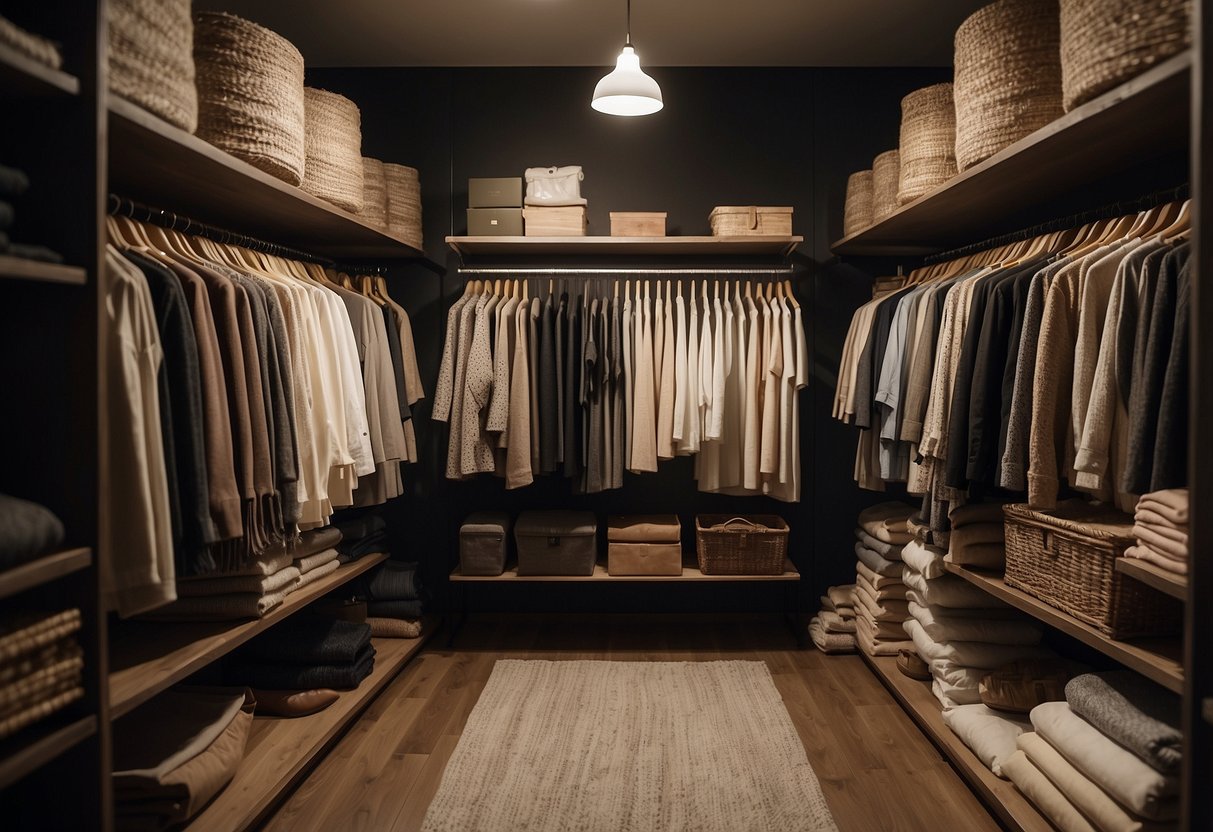
Mindful Shopping Habits for Lasting Change
Making informed decisions about shopping habits can significantly impact both personal style and the environment. By focusing on necessity and conducting thorough research, anyone can create a more sustainable wardrobe.
Assessing Need vs Want
Before making a purchase, it is essential to consider whether the item is truly needed or simply wanted. Many people fall into the trap of impulse buys that end up rarely worn, adding to the clutter and waste.
Creating a list of essential clothing items based on daily activities and lifestyle needs can help prioritize purchases. It also reduces the likelihood of unnecessary acquisitions. Evaluating the versatility and timelessness of a piece ensures that it will be a valuable addition to the wardrobe.
The Importance of Research Before Buying
Researching sustainable brands and their practices is crucial. Understanding a brand’s commitment to eco-friendly materials and ethical labor practices can guide better purchasing decisions. Checking reviews and certifications, such as Fair Trade or organic labels, provides additional assurance of quality and sustainability.
Shopping habits can also be improved by comparing products and reading customer feedback. This process helps avoid impulse buys and promotes informed decisions. Investing time in research fosters a more thoughtful and intentional approach to fashion, promoting lasting change in consumption patterns.
Adopting Slow Fashion Principles
Slow fashion promotes mindful consumption and supports ethical labor practices. By incorporating slow fashion principles, individuals can make a positive impact on the environment and the lives of those who produce our clothes.
Slowing Down Consumption for a Positive Impact
One of the key tenets of the slow fashion movement is reducing the frequency of purchasing new clothing. By focusing on buying fewer, higher-quality items, people help diminish the strain on natural resources and reduce waste. This approach encourages thoughtful consumption, where each purchase is deliberate and based on necessity rather than impulse.
Choosing timeless, versatile pieces that can be worn for years also helps reduce the turnover of fashion items. Additionally, secondhand shopping, swapping clothes with friends, and upcycling old garments are effective strategies that align with slow fashion principles. Through these methods, consumers actively contribute to lessening environmental harm.
Embracing the Slow Fashion Ethos in Daily Life
Incorporating slow fashion principles into daily routines involves more than just changing shopping habits. It includes supporting brands that adhere to ethical labor practices and responsible sourcing. This means prioritizing companies that pay fair wages and provide safe working conditions for their employees.
Building an eco-friendly wardrobe also means paying attention to the care and maintenance of clothing. Proper care extends the life of garments, making them last longer and maintaining their appearance. Simple actions like repairing damaged items, washing clothes less frequently, and following care labels can significantly enhance the durability of clothing.
Embracing slow fashion is a commitment to sustainability and ethical consumption. By making conscious choices and taking personal responsibility, individuals can foster a more balanced and environmentally friendly wardrobe.



